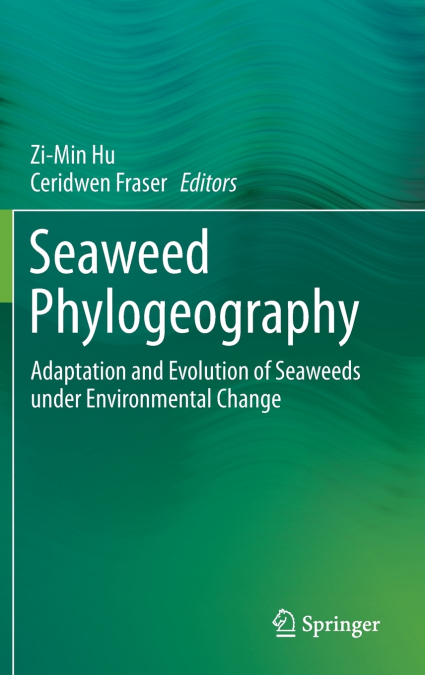
The book provides an overview ofresearch on the remarkable diversity, adaptive genetic differentiation, andevolutionary complexity of intertidal macroalgae species. Through incorporatingmolecular data, ecological niche and model-based phylogeographic inference,this book presents the latest findings and hypotheses on the spatialdistribution and evolution of seaweeds in the context of historical climatechange (e.g. the Quaternary ice ages), contemporary global warming, andincreased anthropogenic influences. The chapters in this book highlight pastand current research on seaweed phylogeography andpredict the future trends and directions. This book frames a number of researchcases to review how biogeographic processes and interactive eco-geneticdynamics shaped the demographic histories of seaweeds, which furthermoreenhances our understanding of speciation and diversification in the sea.Dr. Zi-Min Hu is an associateprofessor at Institute of Oceanology, Chinese Academy of Sciences, Qingdao,China.Dr. Ceridwen Fraser is asenior lecturer at Fenner School of Environment and Society, AustralianNational University, Canberra, Australia.